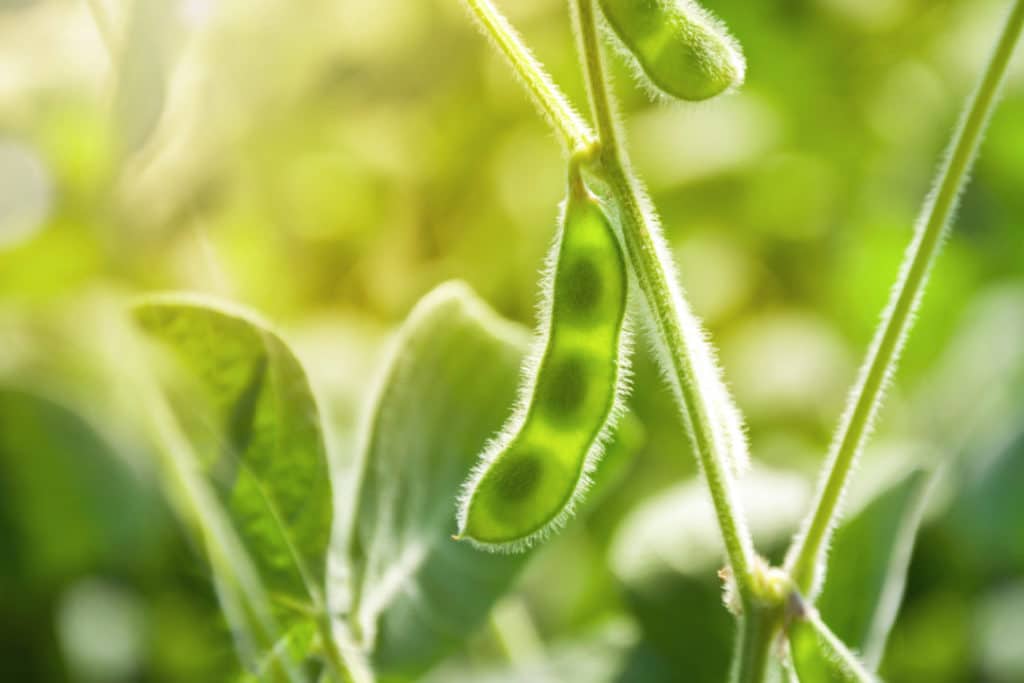
Brazil is expected to slow its soybean planting expansion in 2022-23, with just a 0.5% increase year-over-year, down from the 3.8% annual growth rate last year, according to a report from the Foreign Agricultural Service of the US Department of Agriculture (USDA).
Soybean planted area is estimated at 42.5 million hectares, compared with 40.7 million hectares in 2021-22.
Production is expected to recover from the previous year but growers now face new challenges in fertilizer cost and availability because of the war in Ukraine.
Production for 2022-23 is estimated at 141 million tonnes, based on a yield of 3.53 tonnes per hectare. The yield forecast is an increase of 1% year-over-year, and assumes normal weather conditions and lower fertilizer use, the USDA said.
Brazil relies on imports of inputs for soybean production, including fertilizers. Soybeans use 40% of the country’s total supply of fertilizers, with 85% of that being imported.
Over the last several months fertilizer supply has been disrupted by the COVID-19 pandemic, protectionist trade measures and geopolitical tensions. The Russian invasion of Ukraine substantially increased the risk of fertilizer supply chain disruptions, the USDA said.
Russia is a leading global supplier of fertilizers, and Brazil sources about a quarter of its fertilizers from Russia.
In the Center-West region of Brazil, it is estimated farmers could reduce fertilizers by 15% with just a 5% reduction in yield. In a scenario with less fertilizer but optimal weather, yields could be normal, the USDA said.
The USDA estimates 48.5 million tonnes of soybeans will be destined for processing in 2022-23, an increase of a little over 2%.
The forecast expansion is in line with the five-year average growth rate.
Soybean meal production is estimated at 37.5 million tonnes, up from the estimated 36.85 million tonnes in 2021-22. Domestic soymeal consumption is forecast to increase around 1% in the current and next seasons.
Soy oil production is forecast at 9.8 million tonnes. Domestic oil consumption is expected to increase to 8.1 million tonnes, up from 8 million tonnes in the current season.
Soybean exports in 2022-23 are forecast at 87 million tonnes, 10 million tonnes higher than in the current market year. The forecast is based on available supplies and a favorable exchange rate.
The USDA does not expect a severe downturn in demand for soybeans connected with the Russia-Ukraine war.
“In China and Europe — key soybean importers — despite economic uncertainty, meat consumption is not expected to suffer a dramatic downturn,” the USDA said. “China is expected to remain the top importer of Brazilian soybeans.”
